
Do you have a question about the Paradox Esprit and is the answer not in the manual?
| Display | LCD |
|---|---|
| Backlight | Yes |
| Brand | Paradox |
| Model | Esprit |
| Communication | Wired |
| Type | Wired |
Explains regular, force, and stay arming, plus status indicators.
How to arm the system quickly without waiting for the "ready" light.
Partially arms the system, allowing users to remain inside.
Quick arming using a keypad key without entering an access code.
Quick "stay" arming using a keypad key without a "ready" light.
Procedures for exiting the premises while maintaining armed status.
Process for disarming the system using a valid access code.
How to view past alarm events stored in the system's memory.
Dividing the security system into two distinct, independently controlled systems.
Defines access codes for system arming, bypassing, and their priority.
Using external keyswitches or push buttons for system control.
How to exclude specific zones from arming to avoid false alarms.
Reinstates previous zone bypass instructions saved in memory.
Enables audible alerts for specific zone activity without triggering an alarm.
Activating emergency panic alarms using specific keypad key combinations.
How the keypad indicates and displays system trouble conditions.
Indicates panel battery issues or disconnection.
Indicates a loss of AC power or battery charging failure.
Indicates the bell output is disconnected or requires an EOL resistor.
Indicates the bell output exceeded current limits and shut down.
Indicates the auxiliary output exceeded current limits and shut down.
Indicates failed attempts to communicate with the central station.
Procedure to reprogram the system timer after power loss.
Detects line cuts or shorts in zone wiring if enabled.
Indicates the telephone line is unavailable or disconnected.
Indicates a cut wire on the designated fire zone (zone 3).
Steps for programming master and user access codes for system functions.
Sets the specific time for the system's automatic arming feature.
Synchronizes the panel's clock and clears specific trouble codes.
Enables system test reporting, requiring phone and account numbers.
Allows remote access to the Espload system via telephone.
Feature for the Espload system to automatically answer incoming calls.
Stops ongoing communication attempts until the next system event.
Puts the system into a diagnostic mode for walk testing and checks.
Sets the specific time for the system's automatic arming feature.
Outlines the terms and conditions of the product warranty.
States limitations of Paradox Security Systems' responsibility for damages.
Advises on the importance of regular system testing and potential failure.
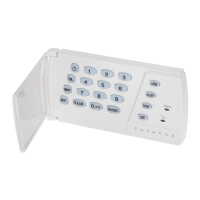
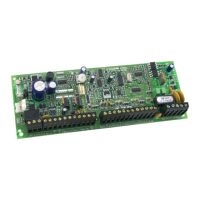


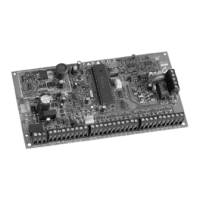
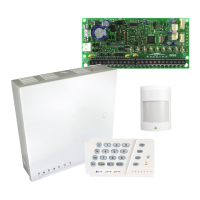
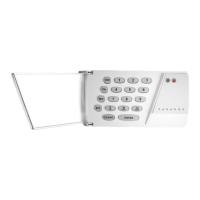


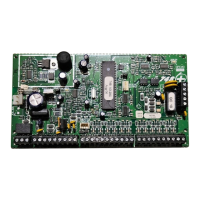


